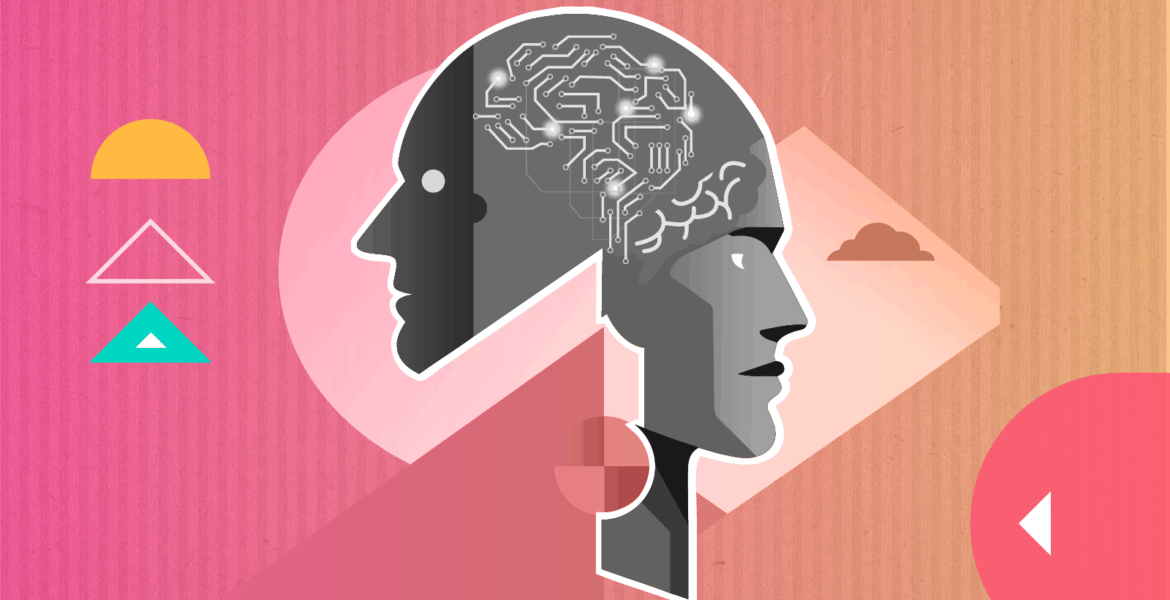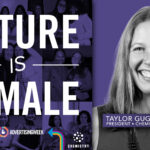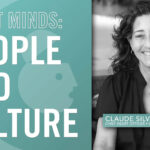By Jameson Proctor, Partner + CEO, Athletics
Last fall, while attending the Mirren AI & Tech Summit in New York — a two-day conference spanning client experience, creativity, strategy, operations, and new business — I found myself scribbling down a thought that has only become more relevant: “AI isn’t going anywhere. It’s going everywhere.”
Fast forward to today, and it’s hard to imagine otherwise. AI has evolved from speculative potential to ever-present reality. It’s everywhere I turn, both personally and professionally — from client conversations to internal workflows to, yes, even commercials for GenAI tools served up mid-movie on Hulu.
As creative professionals, we’re now facing an urgent question:
How do we leverage AI to augment and accelerate human creativity — rather than replace it — while creating better outcomes for our clients’ brands and our own?
AI-Augmented Design Systems: From Static Guidelines to Living Systems
Traditionally, design systems have enforced consistency — color palettes, typography rules, logo usage, and layout structures carefully codified to maintain visual cohesion across every touchpoint. And for good reason: scale demands standards.
But what happens when brands need to scale not just consistency, but expression? When they need to speak in many voices, in many places, to many people — all while preserving their identity?
This is where AI begins to redefine what brand systems can be. Many creative teams are exploring how generative AI models can be trained on a brand’s human-crafted visual language to extend systems in new, adaptive directions. This might mean generating on-brand illustrations on the fly, producing campaign-specific assets within guardrails, or building custom generative tools that let clients experiment within pre-defined creative boundaries.
As we explore these possibilities, we must also remain mindful of the ongoing conversations around intellectual property and fair compensation for creative work. It’s critical that agencies adopt these tools ethically and transparently, in ways that support — not undermine — the broader creative ecosystem.
The goal isn’t automation for its own sake. It’s to build systems that are living, not just documented — systems that enable scalable creativity, not just scalable compliance.
In this way, AI isn’t a shortcut — it’s an extension of the system itself, empowering teams to explore more, respond faster, and personalize brand expression at scale.
Creative Efficiency Versus Exploration: Better, Not Faster
Much of the conversation around AI and creativity has centered on speed: faster turnarounds, fewer cycles, less time spent on routine tasks. And while AI can absolutely increase velocity, focusing solely on speed leads to what I call the “AI productivity trap” — working faster without necessarily working smarter, or better.
The real opportunity lies in expanding the field of creative exploration.
Generative tools can act as creative sparring partners, helping designers and strategists move beyond the obvious, test more directions, and uncover unexpected possibilities. In early stages of brand concepting, tools like Midjourney, Stable Diffusion, and Runway can help teams sketch quickly, explore tonal variations, and push the boundaries of what’s possible — not to produce, but to provoke.
A real-world use case might involve using a generative model like Adobe Firefly to explore a wide range of illustration styles — some of which may ultimately influence the visual identity of a brand, even though every final asset is still crafted by hand. In that sense, AI can help us see more paths forward, even if we don’t walk them all.
So yes, AI helps us move faster. But its real value is in helping us move wider and deeper — enriching the creative process and elevating the end result.
Client Collaboration + Transformation: Navigating Change with Empathy and Clarity
One of the most significant shifts over the past year isn’t just how agencies are using AI — but how clients expect them to use it.
Conversations that once centered on risk — including contracts with strict “no AI” clauses — have rapidly evolved. Today, those same clients are asking pointed questions in RFPs and procurement processes: “How are you using AI to drive efficiency, innovation, and value?”
This signals something important: AI is no longer viewed as a curiosity or risk — it’s becoming table stakes. Clients want partners who aren’t just fluent in the tools, but who can help them understand and navigate their own transformation.
This means more than deploying technology. It means leading with empathy, helping clients maintain their distinctiveness in an increasingly automated world. It means being honest about what AI can do — and what still requires the irreplaceable nuance of human judgment.
Ultimately, creative agencies have always guided clients through change — helping brands navigate the advent of the internet, adapt to the mobile revolution, and now, make sense of the possibilities (and limitations) of AI. This moment is simply the next chapter — one that demands both technical fluency and strategic sensitivity.
Authenticity + the Human Layer: Distinctiveness at Scale
As generative tools become more capable and accessible, the risk isn’t just that creative work becomes faster — that’s inevitable. It’s that it becomes indistinct.
We’ve all seen what happens when AI is used without intention: generic visuals, derivative language, content that feels more algorithmic than alive. In an era when brands are built through experience, not just identity, this sameness poses a real threat.
That’s why human oversight isn’t optional — it’s essential. Generative AI can scale creative ideation and execution, but it can’t replicate judgment, taste, or cultural nuance. Creative teams must act as curators, editors, and guides — ensuring that AI-augmented work reflects a brand’s values, voice, and point of view.
The goal isn’t speed. It’s distinctiveness at scale — using AI to make a brand more expressive, not more generic. And in that mission, the human layer remains indispensable.
Leading Through the Shift
AI isn’t on the horizon — it’s here. And it’s not going anywhere. In fact, it’s going everywhere.
For agencies, the challenge isn’t simply to adopt AI tools, but to redefine how we think about creative work in a world where these tools are part of every brief, brainstorm, and brand system.
This requires experimentation, fluency, and above all, leadership. Because the agencies that thrive won’t be the ones who use AI to do the same work faster. They’ll be the ones who use it to imagine entirely new ways of working — and new forms of value for the brands they serve.











